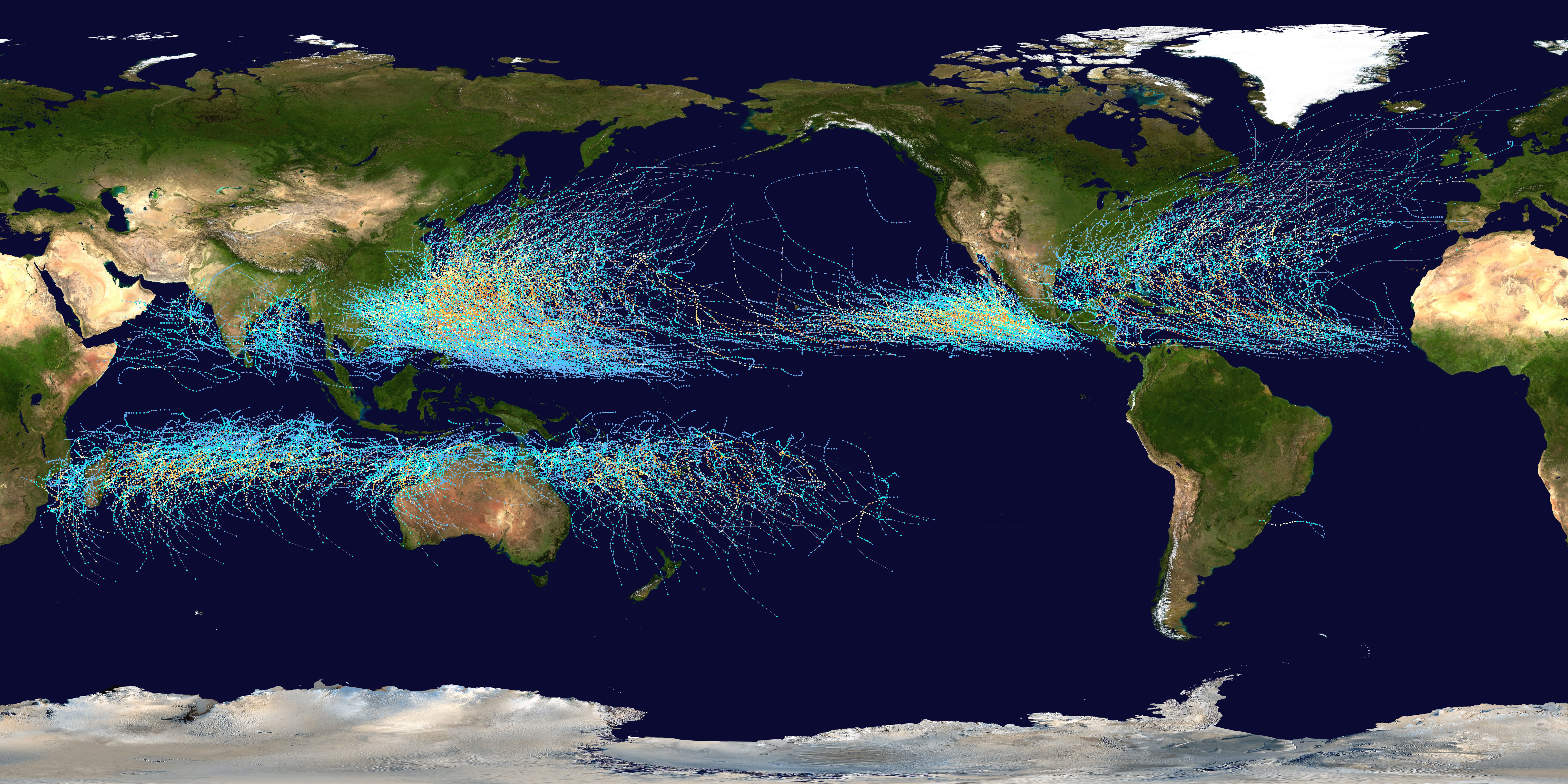Flight Operations
- Review Aerodynamics & Airplane Systems
- 1.1Explain the four forces which act on an airplane in flight
- 1.2Explain the angle of attack- Commercial Pilot-Aerodynamics and Performance
- 1.3Explain the basics of Aerodynamics
- 1.4Explain drag
- 1.5Explain thrust, stability, and center of gravity
- 1.6Explain weight and balance
- 1.7Demonstrate knowledge of aircraft components
- Pressure, Temperature & Density
- Weather
- 3.1Identify and explain the structure of the earth’s layers of the atmosphere, and become knowledgeable of the history of the study of meteorology
- 3.2Describe atmospheric conditions using appropriate weather terminology
- 3.3Demonstrate an understanding of frontal systems
- 3.4Demonstrate an understanding of wind speed, temperature, pressure & dew point
- 3.5Employ meteorological terminology and coding procedures
- 3.6Identify air masses and monitor daily weather phenomena
- 3.7Demonstrate an understanding of synoptic weather structure
- Weather Forecasting
- Weather Hazards
- Weather Tools
- IFR
- IFR
- IFR Navigation
Weather
Understanding Meteorological Terminology and Coding Procedures

Branch of science dealing with the short-term variations of atmospheric conditions including wind, precipitation, temperature, humidity, cloud cover, and air pressure.
Meteorology, the scientific study of the atmosphere and its phenomena, has its own unique set of terminology and coding procedures. These are essential for accurate and efficient communication of weather conditions and forecasts. This article will provide an overview of the key terms and coding procedures used in meteorology.
Meteorological Terminology
Meteorological terminology is a specialized language used by meteorologists to describe atmospheric conditions, weather phenomena, and forecast models. Here are some key terms:
- Atmospheric Pressure: The weight of the air above a given point on the Earth's surface. It is usually measured in millibars (mb) or inches of mercury (Hg).
- Dew Point: The temperature at which air becomes saturated and water vapor condenses into dew.
- Front: The boundary between two different air masses.
- Humidity: The amount of water vapor in the air.
- Precipitation: Any form of water, liquid or solid, that falls from the atmosphere and reaches the ground.
- Visibility: The maximum distance one can see prominent objects with normal eyesight.
Meteorological Coding Procedures
Meteorological coding procedures are standardized systems used to represent weather data in a concise and uniform format. These codes are used in weather observations, forecasts, and reports. Here are some commonly used codes:
- METAR: An international standard for reporting current weather observations. A METAR report includes data on temperature, dew point, wind speed and direction, precipitation, cloud cover, visibility, and barometric pressure.
- TAF: Terminal Aerodrome Forecast. A TAF is a concise statement of the expected meteorological conditions at an airport during a specified period.
- SIGMET: Significant Meteorological Information. A SIGMET advises of weather that is potentially hazardous to all aircraft, such as severe turbulence, severe icing, or widespread dust or sandstorms.
Understanding meteorological terminology and coding procedures is crucial for anyone involved in aviation, as it allows for accurate interpretation of weather conditions and forecasts. This knowledge can help ensure safe and efficient flight operations.